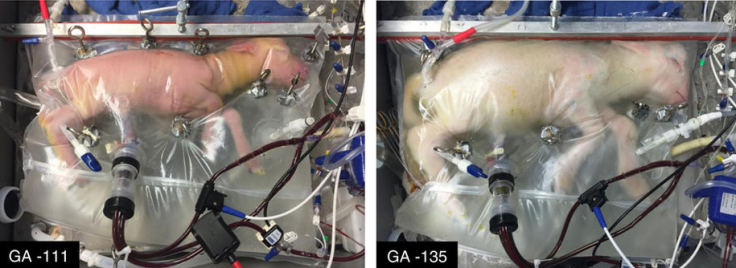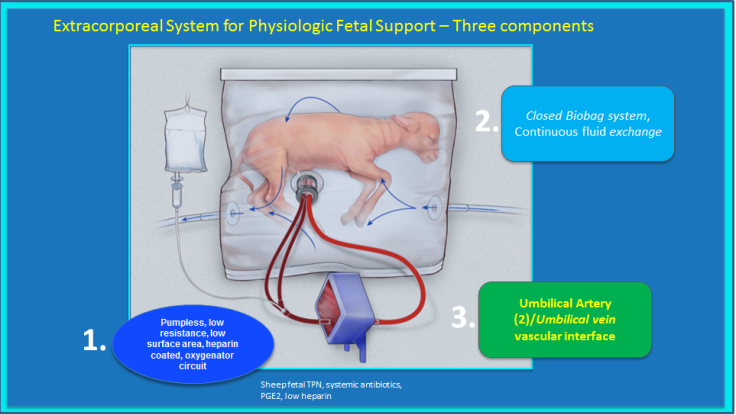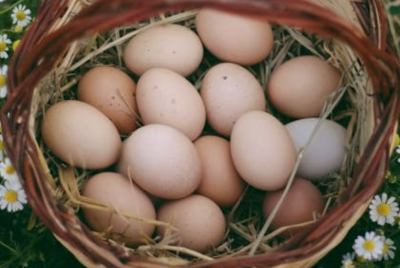Lamb fetuses have successfully grown in an artificial womb for the first time
Scientists hope the success will one day help revolutionise paediatric care of extremely premature babies.

A system created to support the development of premature lambs outside their mothers' wombs has allowed them to continue growing for four weeks. Scientists hope that this success will one day help revolutionise the paediatric care of tiny, extremely premature babies.
In recent decades, the odds of premature babies surviving have greatly improved, thanks to good neonatal intensive care which has pushed back the limits of viability to 22 to 23 weeks of pregnancy.
However, extreme prematurity still results in thousands of deaths each year. It is the leading cause of neonatal mortality worldwide, in parts due to the fact that the organs of these babies are not fully developed.
For over 50 years, scientists had investigated ways for the babies' development to continue outside of their mothers' wombs, in artificial systems mimicking the womb and the prenatal fluid-filled environment. However all these initiatives have so far encountered only limited success.
In a study now published in the journal Nature Communications, scientists report on the successful development of a closed fluid artificial system to extend gestation for premature lambs.
Innovative machine
The team, led by Dr Alan Flake of the Children's Hospital of Philadelphia, developed an innovative extra-uterine system made up of a unique fluid-filled container and a polyethylene film bag incorporating an oxygen circuit via an umbilical cord interface (see graph).
The whole system, which mimics the intra-uterine environment as closely as possible, was tested on extremely premature lambs (the biological equivalent of human babies born at 23–24 weeks of gestation). In this closed-fluid system, the lambs were provided with a temperature-controlled, near-sterile environment in which they could continue to develop.

Over four weeks, the scientists observed that the lambs were breathing amniotic fluid as they would normally do in the womb. Their hearts were normally pumping blood through their umbilical cord into a gas exchange machine located outside the bag.
The organs of the tiny animals also appeared to develop further – their lungs matured and their brains grew. This is the first time that lamb fetuses this young are able to achieve normal physiology outside the womb.
Obviously, the system would have to be adapted before it is tested on premature human babies. But this is the first step to show that development of fetuses outside the womb is possible and that it may boost odds of survivals for premature babies in the future.
The idea is not to extend viability of fetuses beyond the 22-23 weeks of gestation mark, but to make sure that those who are born extremely premature get the best chances to survive and thrive.

© Copyright IBTimes 2025. All rights reserved.






















